EURORDIS welcomes the milestone 5-year evaluations of the European Reference Networks
November 202429 November 2024, Brussels – The European Commission’s evaluations of the European Reference Networks (ERNs) reveal that the Networks are collectively “fit-for-purpose,” with 92,42% rated as “Excellent” or “Very Good” in achieving their objectives.
Overall, 100% of the ERNs and 87.68% of the Healthcare Providers within them achieved a satisfactory result in the evaluations.
These results affirm the remarkable progress of the ERNs, which have been instrumental in sharing data across member centres, establishing disease registries, and fostering collaboration for patients with rare and complex conditions.
The evaluations also highlight the ERNs’ readiness for deeper integration into national healthcare systems, a critical next step to fully realising their benefits across Europe.
Matt Bolz-Johnson, EURORDIS Healthcare Advisor, reflected on the evaluations as a significant moment for the European Reference Networks, stating:
These evaluations mark an important milestone and a ‘coming-of-age’ moment in the ERNs’ development, showcasing their maturity and readiness for integration into national healthcare systems. They represent a proud achievement and a moment of recognition for the entire rare disease community. ERNs have proven to be a sound investment, improving care for people with rare and complex conditions.
From the very beginning, patients have been central to the ERNs’ success, helping to elevate them from good to great by working alongside clinicians, researchers, and policymakers to shape their development. Strengthening and formalising patient representation will be critical in the years ahead to ensure these partnerships continue to thrive. Tools to measure patient impact and experiences must also evolve to reflect the ERNs’ growing maturity.
These evaluations offer a clear mandate to build on what has been achieved. By addressing the recommendations, Member States and EU institutions can ensure the ERNs continue to thrive, enhancing the quality of care and collaboration across Europe.
Ines Hernando, ERN & Healthcare Director at EURORDIS, described the evaluations as a strong foundation for the future of the ERNs, stating:
These evaluations confirm the ERNs’ vital role in improving the quality of care for patients with rare diseases. However, the next phase must focus on translating these achievements into measurable improvements in patient outcomes and experiences.
By 2027, we must move beyond output-based metrics to evaluate real clinical impact. Evidence is needed to show how ERNs are improving patients’ daily lives and addressing their most pressing needs.
For ERNs to thrive, Member States must provide the resources to integrate them into national health systems. The next EU Multi-annual Financial Framework must also allocate sufficient resources to expand disease coverage and sustain the coordination teams that are crucial to the ERNs’ success.
By 2027, I hope to see the ERNs thriving as a true model of EU collaboration in healthcare, improving lives and healthcare systems across Europe – always guided by the needs and voices of patients.
Download PDF
About EURORDIS-Rare Diseases Europe
EURORDIS-Rare Diseases Europe is a unique, non-profit alliance of over 1,000 rare disease organisations from 74 countries that work together to improve the lives of the 30 million people living with a rare disease in Europe. By connecting people, families, and rare disease groups, as well as by bringing together all stakeholders and mobilising the rare disease community, EURORDIS strengthens the patient voice and shapes research, policies, and services.
Contact
Julien Poulain
Communications Manager
EURORDIS-Rare Diseases Europe
Julien.poulain@eurordis.org
+33 6 42 98 14 32
